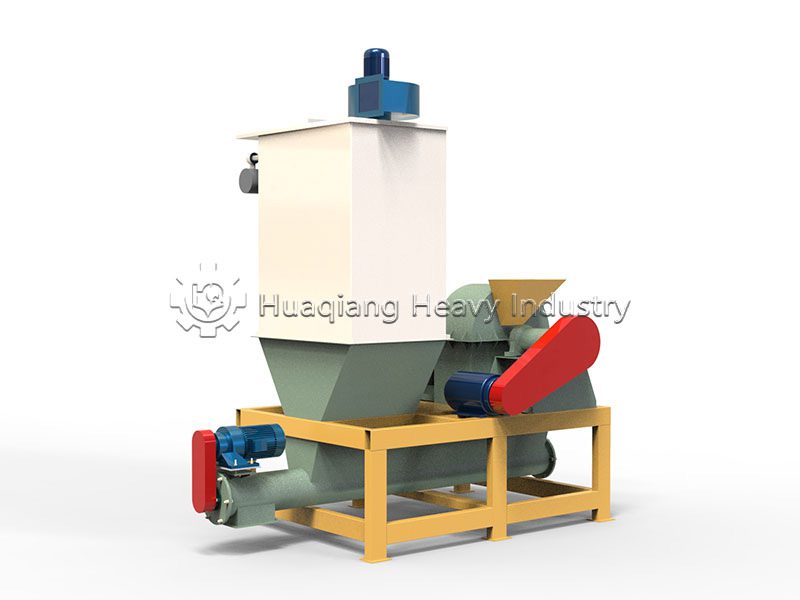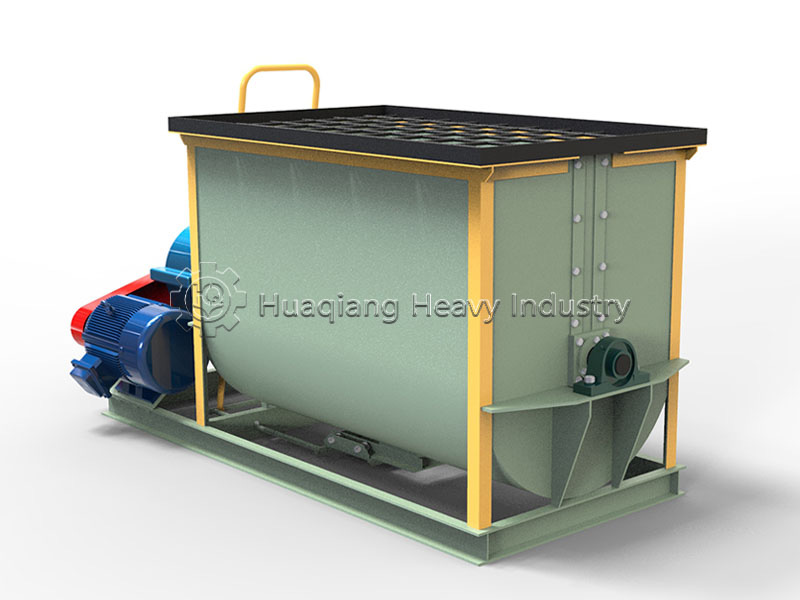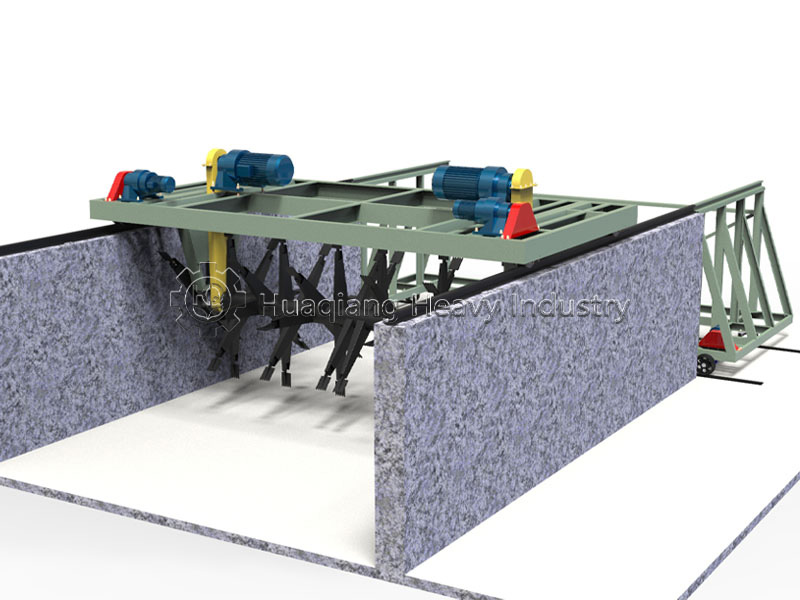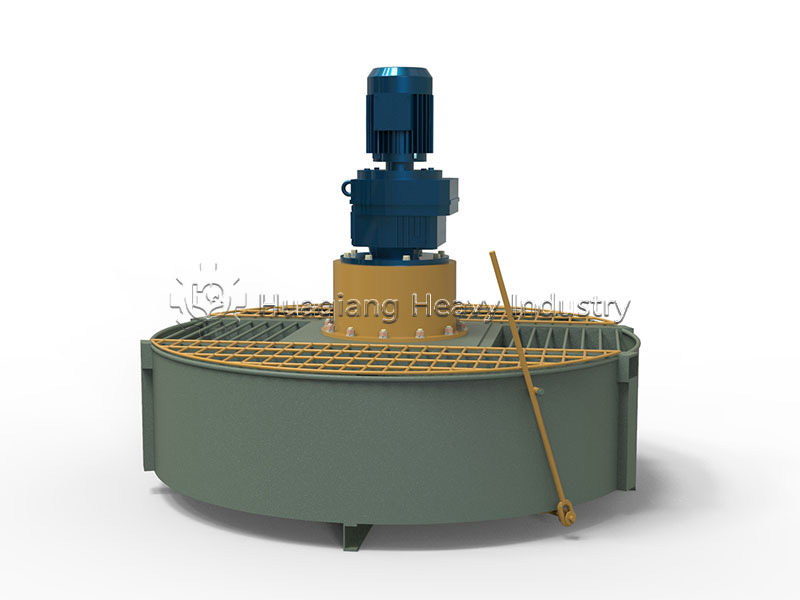Analysis of Modern Fertilizer Granulation Technology
Fertilizer granulation is a core process in modern fertilizer production, designed to transform loose raw materials into uniform granules. This process significantly improves the ease of storage and transportation of fertilizers while ensuring uniform application. Fertilizer production encompasses a complete process from raw material pretreatment to fermentation or synthesis, granulation, post-treatment, and packaging, with granulation equipment being a crucial component of the entire system.
Importance of Granulation
Granulation technology primarily addresses common issues with loose materials such as composted organic fertilizer or chemical powder, including dust, caking, and transportation losses. Through granulation, fertilizers can more effectively control nutrient release, for example, through coating processes that enable slow release, thereby improving fertilizer efficiency. Additionally, granular fertilizers facilitate standardized packaging and mechanized application, compatible with seeders and fertilizer spreaders, enhancing agricultural efficiency.
Major Granulation Techniques
Extrusion granulation is a common method that forces material formation through screws or roller pressure, suitable for organic fertilizers, potassium chloride, and NPK compound fertilizers. Its advantages include no need for binders, low energy consumption, and high granule strength, making it ideal for large-scale production.
Disc granulation utilizes centrifugal force generated by a rotating disc, combined with binders to roll materials into granules. This method is applicable to organic fertilizers, low-concentration NPK, and water-soluble fertilizer granules, producing highly spherical particles that are easy to adjust in size and widely adaptable.
Coating granulation focuses on spraying coating materials such as sulfur or resin onto core particles like urea to form slow-release or controlled-release fertilizers. This process precisely controls nutrient release speed, extending the fertilizer’s effectiveness and reducing environmental loss.
Roller granulation is a process in which materials are rolled and shaped by applying slurry or binder through a rotating roller. It is suitable for the production of high-concentration NPK compound fertilizers and mixed fertilizers. This process offers advantages such as high production capacity, suitability for large-scale production, and stable particle strength, thus ensuring product quality.

Future Prospects
With growing global demand for sustainability and efficiency in agriculture, fertilizer granulation technology continues to innovate, aiming to improve resource utilization and environmental friendliness. By optimizing processes, farmers can manage fertilization more precisely, promoting crop growth while minimizing waste.
Integrated Granulation Systems in Modern Fertilizer Manufacturing
Modern fertilizer granulation technology encompasses a diverse range of fertilizer granulation processes integrated into comprehensive production systems. A complete npk fertilizer production line exemplifies this integration, beginning with precise formulation in a npk blending machine before proceeding to granulation. The choice of professional fertilizer manufacturing equipment depends on the product: a disc granulator for shaping spherical particles is central to a disc granulation production line, while dry granulation processes might employ a double roller press granulator within a roller press granulator production line.
Parallel systems exist for organic production. The organic fertilizer production line often starts with material preparation using a windrow composting machine, followed by granulation using appropriate equipment. A bio organic fertilizer production line incorporates additional microbial treatment. These diverse fertilizer granulator technologies—from disc granulator machine systems to specialized pressing equipment—form the core of a modern fertilizer manufacturing plant equipment portfolio. This allows producers to select the optimal process, whether for a high-volume npk fertilizer line or a specialized organic operation, ensuring efficient production of consistent, high-quality fertilizers that meet the precise requirements of sustainable global agriculture.









